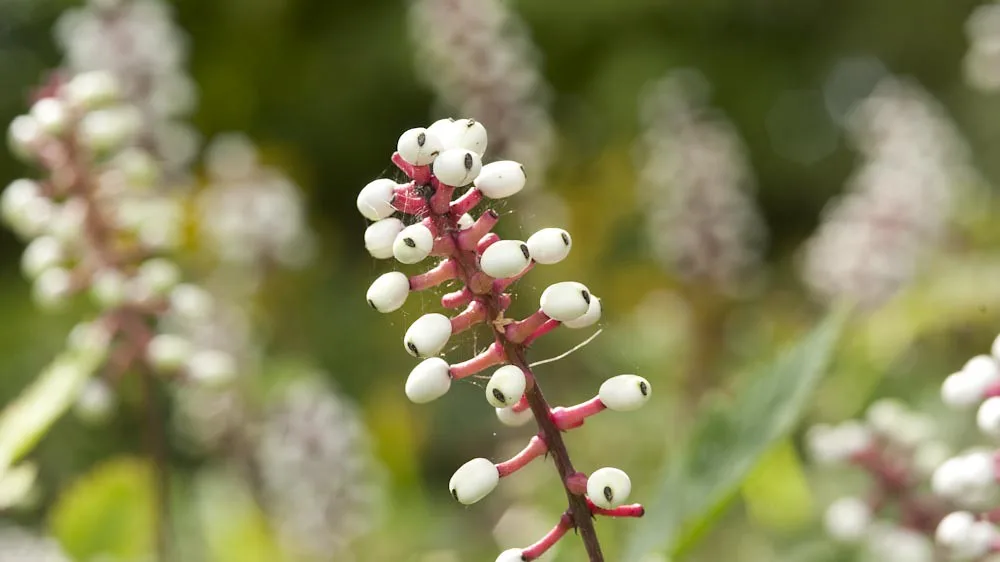
Table of Contents
This is a strange and unusual plant that looks very different from the annuals you see in most gardens. If you’ve ever seen a white banberry, its unusual appearance has caught your attention. However, under the display of its elaborate blooms, strange fruits and vibrant foliage, it is poisonous to people and most animals. So, even if it’s a really attractive addition to the landscape, it’s a risky move if people and/or pets are present.
Although it thrives in USDA planting zones 3 through 8, growers should consider whether this plant’s glossy foliage and interesting fruit justify the risk. Since the entire plant is poisonous, people frequently choose not to include it in their landscape design. Find out more about why growing white banberry in your yard can be a big mistake, as well as whether it can be grown there safely.
Read more: The Birds You Do Not Want To Be Seeing In Your Yard
Why Growing White Baneberry Can Be Dangerous

White banberry is known as doll’s eye because it has beautiful white or red berries with black spots. They seem to be a beautiful addition to any garden, with their bright white flowers and green leaves standing out against the berries. Although they are beautiful, the entire plant – from roots to berries – is poisonous. Unaware of this, careless people, children and animals may try to consume it, causing a dangerous disease. It has also been reported that handling the plant with bare hands can cause blisters and burns.
Fortunately, there is a wide range of alternative berry-producing plants that can produce vibrant fruit without risking health. Blackcurrants, huckleberries, lingonberries, and serviceberries are all excellent choices for edible berries because they produce uniformly sized fruits that are delicious and safe to eat. If adults, children or dogs are likely to come in contact with or eat harmful plants in your garden, it is not worth it.
Should You Ever Grow White Baneberry?

Is it okay to plant white banberry in the garden because it is poisonous? There may be situations in which this shrub is ideal. Those who don’t have small children or dogs at home will find that their front or back yard is enhanced by this ornamental shrub. Families can avoid eating the berries, leaves, stems or roots if they are aware of the dangers involved. However, all is not lost for the white banberry. Native Americans used this plant medicinally in the past.
Many types of insects or animals are not attracted to this plant, but those who do like it when they are. Pollen is collected by species such as the short-tongued bee, while the American robin feeds on berries and seeds. Even if you can’t manage the beautiful but strange-looking plant, you can appreciate its aesthetic qualities and provide other animals with another potential food source in your yard.


1 thought on “Is Growing White Baneberry Safe or a Dangerous Mistake?”